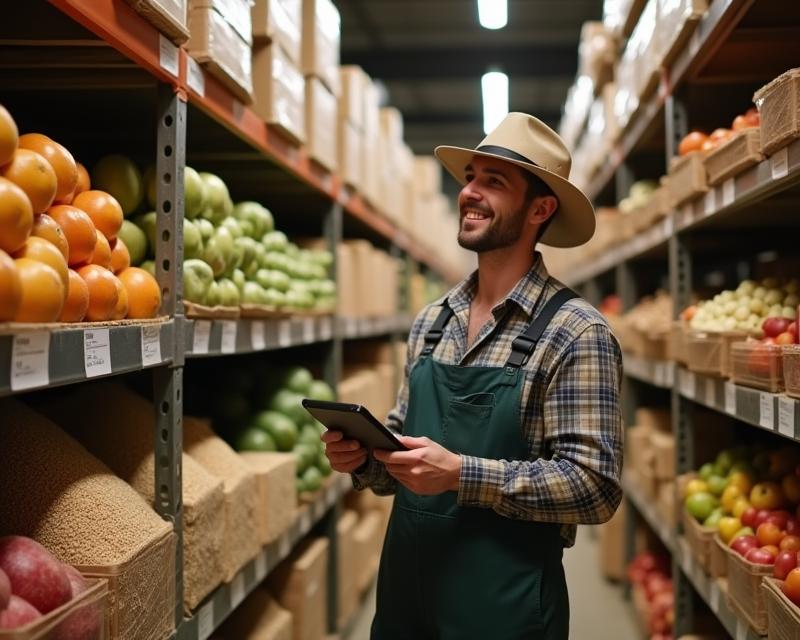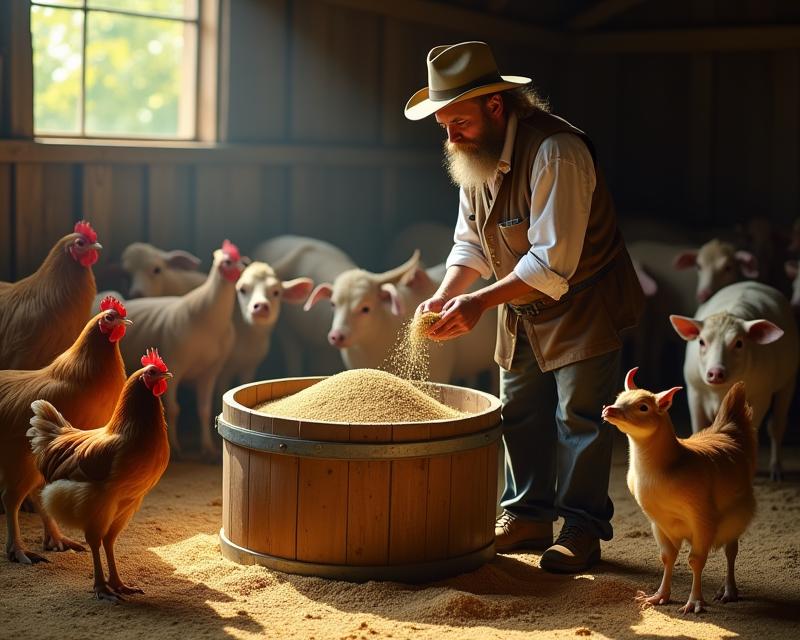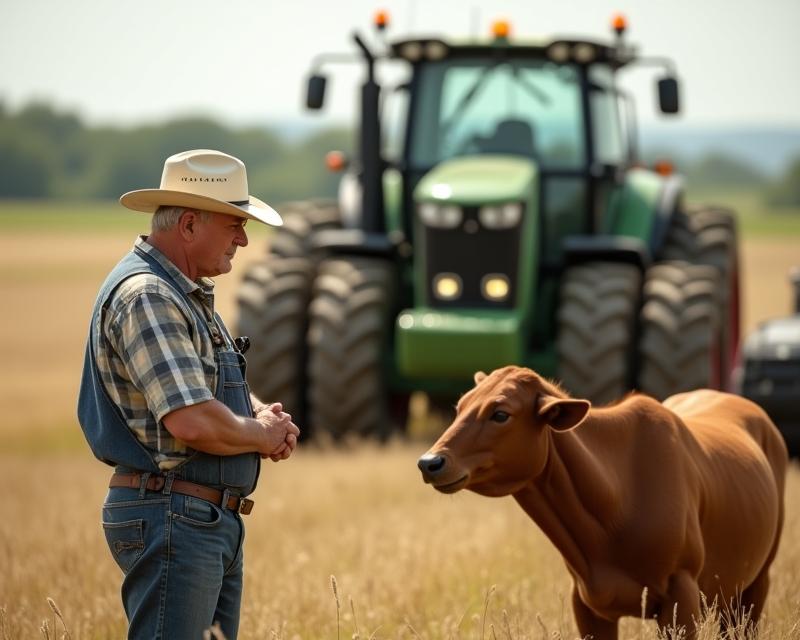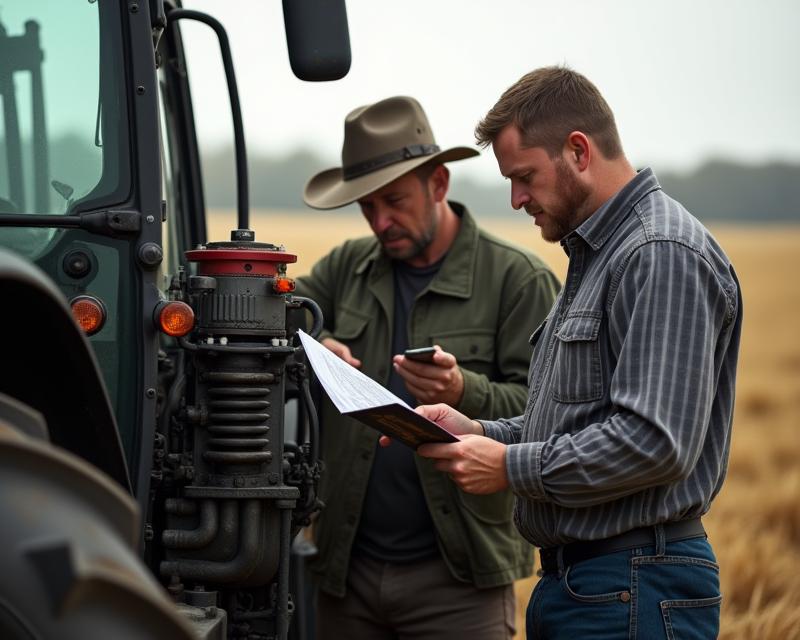Protecting Your Harvest: Risk Management for Farmers
Publish in Farm Business el 05/07/2025 20:55
Protecting Your Harvest: Risk Management for Farmers
Running a farm, whether big or small, is a rewarding but inherently risky business. Unexpected events – weather, pests, market fluctuations – can significantly impact your livelihood. That's where risk management comes in. It's all about identifying potential problems and planning how to deal with them before they hit. Think of it as preparing for anything so you can weather any storm and keep your farm thriving.
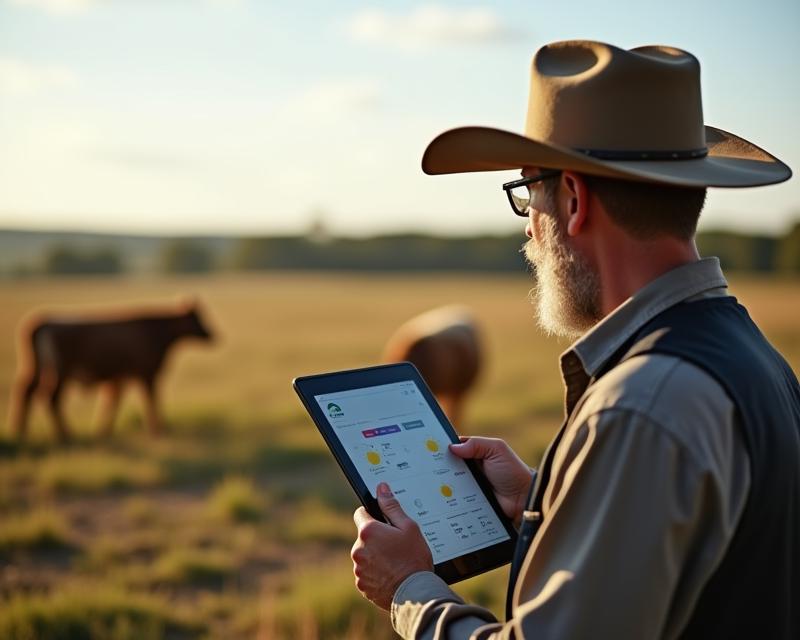
Understanding the Risks
What kind of risks do farmers face? A lot! Weather is a big one – droughts, floods, hail, and extreme temperatures can devastate crops and livestock. Pests and diseases can quickly spread, causing significant yield losses. Market prices are constantly changing, and a sudden drop can make it difficult to turn a profit. Equipment failure can halt operations and lead to costly repairs. And let's not forget regulatory changes and supply chain disruptions, which can add extra burdens.
Strategies for Mitigation
Fortunately, there are many ways to manage these risks. Crop insurance is a common tool, providing financial protection if your crops are damaged. Diversification is another smart move – growing a variety of crops or raising different types of livestock can cushion the blow if one area struggles. Hedging involves locking in a price for your crops in advance, protecting you from price drops. Investing in preventative measures, like pest control and irrigation systems, can reduce the likelihood of problems. Finally, staying informed about market trends, weather forecasts, and government policies is crucial.
Beyond the Basics
Risk management isn't a one-time thing; it's an ongoing process. Regularly review your strategies and adapt them as needed. Consider exploring farm cooperatives to share resources and reduce costs. Explore direct marketing options like farmers' markets or Community Supported Agriculture (CSA) to bypass traditional supply chains. Don't hesitate to seek advice from agricultural extension agents, local farm organizations, or financial advisors. By proactively managing risk, you can increase the stability and long-term success of your farm. Remember, a little planning can go a long way in protecting your investment and ensuring a bountiful harvest!
- Consider crop insurance options.
- Diversify your crops or livestock.
- Stay informed about market trends.
- Invest in preventative measures.
